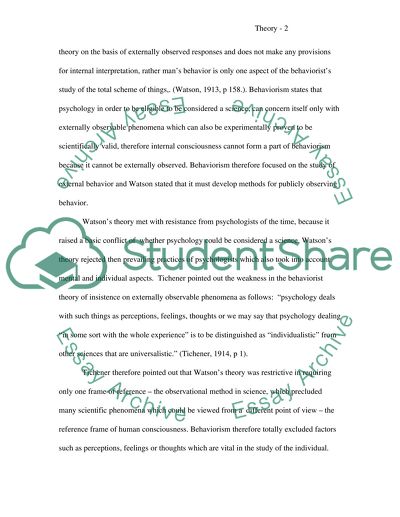Cite this document
(“Psychology/Are psychologists any better now at looking at what people Essay”, n.d.)
Psychology/Are psychologists any better now at looking at what people Essay. Retrieved from https://studentshare.org/miscellaneous/1536942-psychologyare-psychologists-any-better-now-at-looking-at-what-people-do-and-say-and-inferring-what-people-think-than-they-were-one-hundred-years-ago
Psychology/Are psychologists any better now at looking at what people Essay. Retrieved from https://studentshare.org/miscellaneous/1536942-psychologyare-psychologists-any-better-now-at-looking-at-what-people-do-and-say-and-inferring-what-people-think-than-they-were-one-hundred-years-ago
(Psychology/Are Psychologists Any Better Now at Looking at What People Essay)
Psychology/Are Psychologists Any Better Now at Looking at What People Essay. https://studentshare.org/miscellaneous/1536942-psychologyare-psychologists-any-better-now-at-looking-at-what-people-do-and-say-and-inferring-what-people-think-than-they-were-one-hundred-years-ago.
Psychology/Are Psychologists Any Better Now at Looking at What People Essay. https://studentshare.org/miscellaneous/1536942-psychologyare-psychologists-any-better-now-at-looking-at-what-people-do-and-say-and-inferring-what-people-think-than-they-were-one-hundred-years-ago.
“Psychology/Are Psychologists Any Better Now at Looking at What People Essay”, n.d. https://studentshare.org/miscellaneous/1536942-psychologyare-psychologists-any-better-now-at-looking-at-what-people-do-and-say-and-inferring-what-people-think-than-they-were-one-hundred-years-ago.


